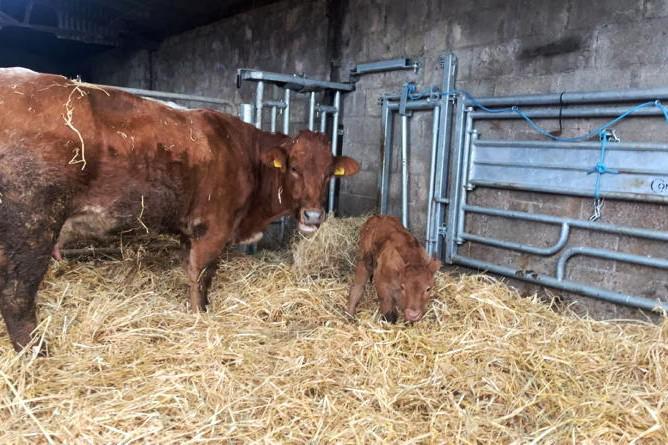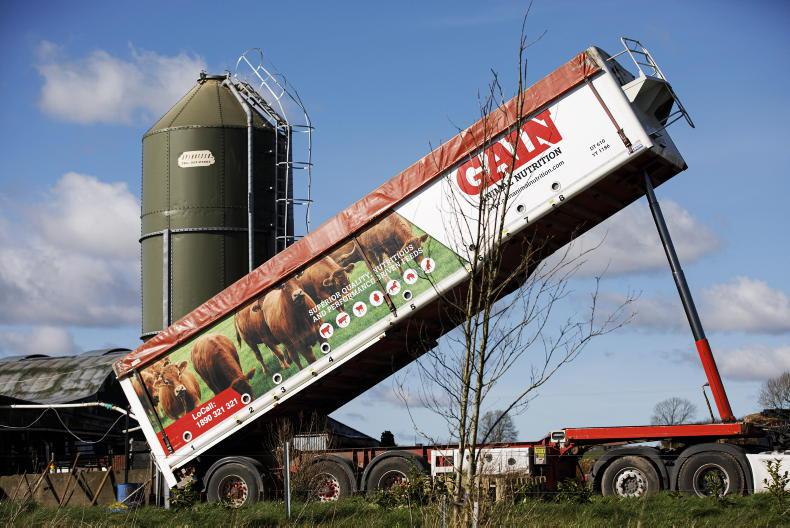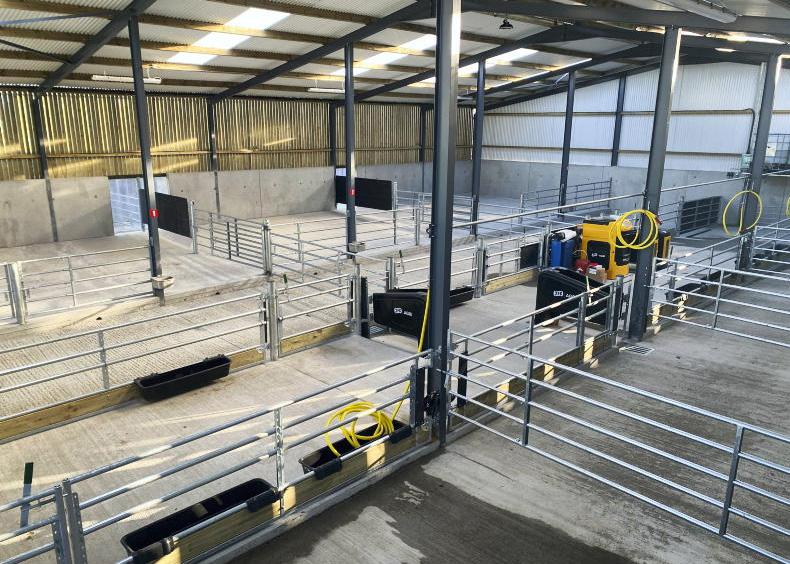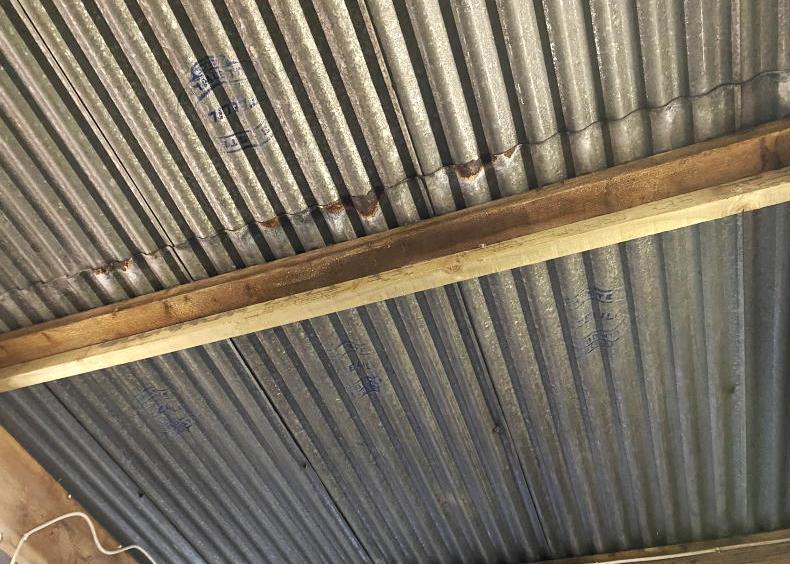With silage not very plentiful on many dairy farms, some farmers are looking into alternative options such as sending animals away on a bed and breakfast-type arrangement.
Similar to contract rearing, in such situations the animals move to a different holding and the responsibility for feeding them and looking after them goes to the farmer whose holding they are on.
The practice is not all that common among dairy farmers in Ireland, but it is more common in the beef sector and indeed more common in New Zealand too, where dairy cows are routinely moved off farm for the winter.
Not enough accommodation
In situations where there is not enough cow accommodation, slurry storage or silage on farms, moving cows off to a bed and breakfast or contract rearer for the winter period is an option.
So how much should farmers expect to pay for this service? Effectively, they are buying the silage, leasing the housing and paying for the farmers' time in feeding the cows, keeping the cubicles clean and looking after their general husbandry.
In terms of silage, a typical dry cow will eat around 10kg to 12kg of silage per day, if being fed ad lib. If a round bale of silage costs €50 today, that equates to 25c/kg dry matter.
So the daily cost to feed a dry cow is between €2.50 and €3/day. It’s important to remember that cows will eat more of a higher-quality silage, so it may be necessary to restrict intakes where silage quality is very good, such as above 70% DMD.
Other costs
Valuing the other costs is a bit harder. In terms of time, it’s probably fair to say that between feeding out silage and checking on stock, the minimum time taken per day would be one hour for numbers above 50 head of stock.
Smaller numbers can be looked after in less time, but if it does take one hour to feed, clean and lime 50 cows per day at a cost of €15/hour, that’s 30c/cow/day in labour.
Cubicle lime and dry cow minerals usually cost around €15 per cow per winter in total, so over 100 days, that will cost 15c/cow/day.
Valuing the use of the shed is even harder. Unlike with silage or labour, where there are real opportunity costs, these are less clear when it comes to the use of buildings.
Economics
The economic cost of a building can be looked at a number of ways. One way is to say that if a cow space cost €1,500 to build and its functional life is say 40 years, then the annual cost is €38/cow/year. Over a 100-day period, that works out at 38c/cow/day.
When you add all of these up, the daily cost comes to between €3.33 and €3.83 per cow per day. Over a 100-day period, that’s between €333 and €383 per cow.
It’s certainly not cheap, but you need to look at it in light of the costs not incurred on the dairy farmers’ part, such as silage making and feeding, the requirement of sheds and silage slabs, tractors and labour.
There are a couple of points to note - there are risks involved in terms of making sure the stock are well looked after. There are risks for the person doing the work too, in terms of making sure they get paid what was agreed.
There are other risks around TB and animal health. You would prefer not to have any other animals mixing with these ones and there should be very good biosecurity – ideally badgers and animals would not be able to access buildings.










SHARING OPTIONS